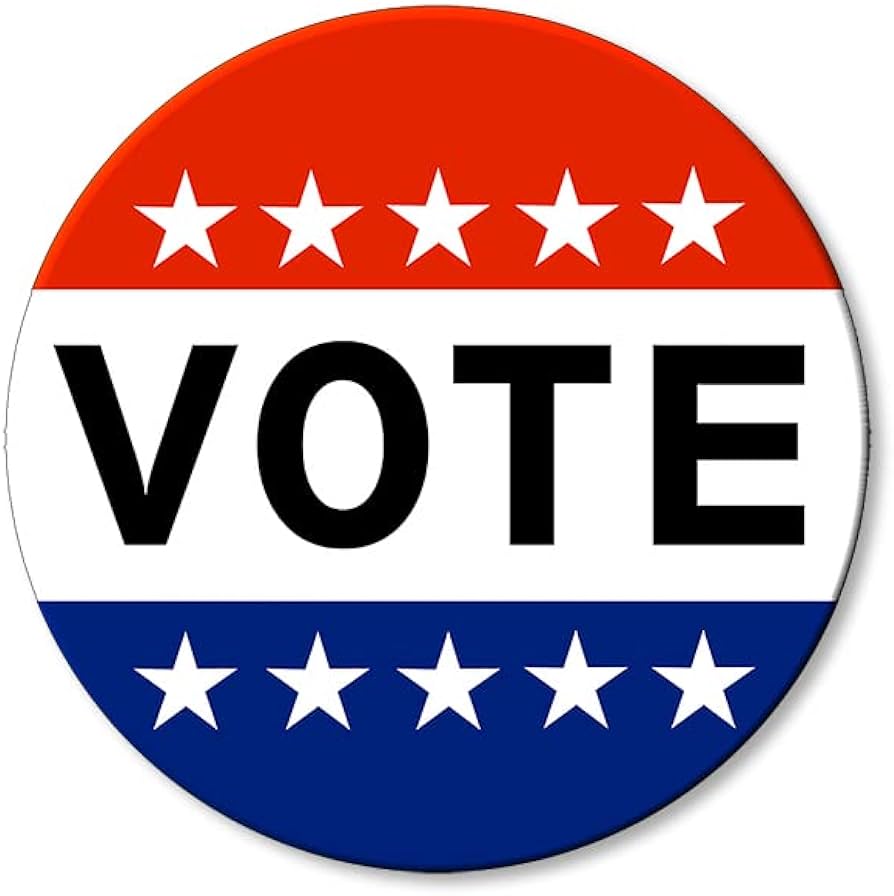

Musk was courting democrats until he fell out with them over labour rights. I think his “republican phase” started due to pushing for less workers rights in the US, so that he can make cheaper cars.
That was obviously a long time ago, before X and DOGE, he’s clearly in a delusional hate bubble at this point and expecting rationally explainable actions is unfortunately too big an ask.





Can’t pretend I’d be sad to see them crash out completely, although it does make me feel a little uneasy for repairability of existing Teslas.
Nazi or no nazi, it isn’t gonna be good for the planet to have a whole bunch of cars deemed irrepairable, although my guess is a buy out would stop that happening.